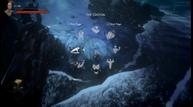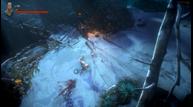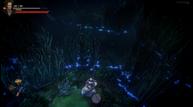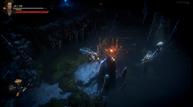No Rest for the Wicked Hands-on Preview: An Isometric Action RPG with the Cadence of Souls Combat
Last year at the 2023 Game Awards, RPG fans received a nice surprise. Moon Studios unveiled the project they’ve been working on since Ori and the Will of the Wisps - a brand-new isometric action RPG named No Rest for the Wicked. I was able to go hands-on with the first-few hours of the game and wanted to share my findings.
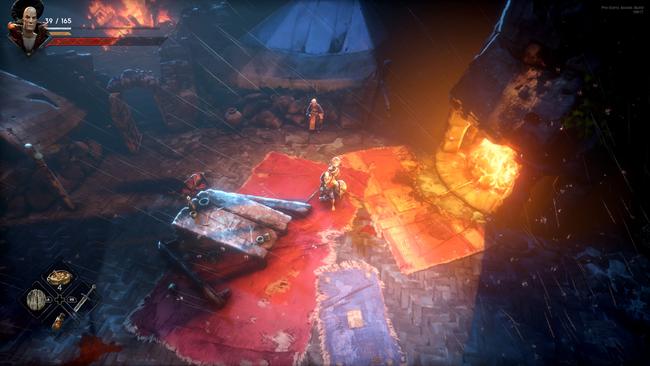
When I think of popular contemporary isometric action RPGs, the immediate big ones that come to mind are Path of Exile, Last Epoch, and of course, Diablo IV. Despite their differences, they (along with many others) primarily focus on the speed of killing many mobs. Enemy density is usually quite populated these days as dozens of enemies often fill the screen and it’s the player’s job to figure out how to build a character that efficiently deals with them as fast as possible. Then, they map out a skill rotation that will, ideally, delete enemies in a few seconds consistently.
No Rest for the Wicked goes the opposite direction with this modern fast-paced philosophy. Instead, the cadence and enemy encounter design of its real-time combat is more akin to what may be found in a Souls game to many players. Actions are tied to a stamina bar, weapon swings are weighty, and each individual foe can easily kill people in a few hits.
Continually tapping the basic attack button will lead into a combo string and holding it down will charge it for a more powerful attack. As my character dealt and received damage, a Focus gauge above my HP bar filled up. Once full, characters have access to a unique Rune attack to fire off. It seems like up to four can be equipped at any given time, though every different individual weapon type I picked up had a different Rune attack associated with it. There’s an evasive maneuver that is tied to the character’s equipment load; if their weight class is fast, it’ll be a dash and if it’s normal, it’ll be a roll instead. The stamina bar is only present in battles, so people are free to run and roll as much as they want while exploring.
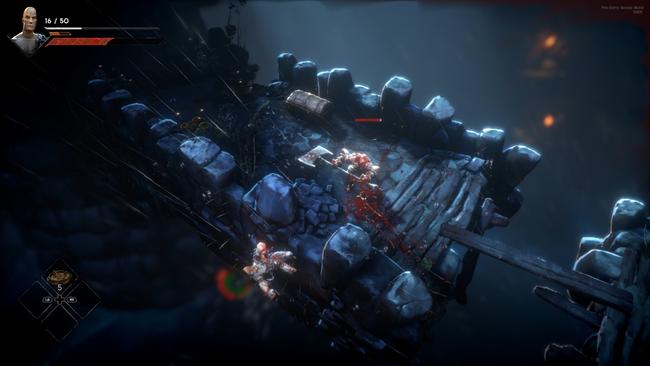
One of the key ways that No Rest for the Wicked diverges from the typical Souls formula is there is no bonfire and corpse run loop. There are glyph-like structures called Cerim Whispers that act as checkpoints should a character die; they restore health, but do not restore enemy spawns. As of this early build of the game I played, I couldn’t find a way to make enemies respawn or if it’s intended for them to stay permanently dead per playthrough once slain.
If a player’s character does die, they don’t drop a currency and have to make their way back to their corpse to retrieve them. Instead, it goes the route of how other typical action RPGs handle it and equipment loses a bit of durability per death.
Another significant way the game diverges from Souls and is more comparable to other RPGs is leveling up. When characters level up, people are given 3 stat points to freely allocate toward Health, Stamina, Strength, Dexterity, Intelligence, Faith, Focus, and Equip Load.
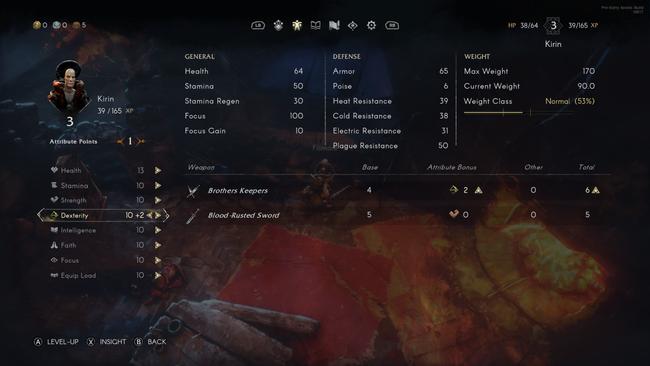
One thing I appreciated in No Rest for the Wicked’s UI stat allocation screen is that leveling up corresponding stats that weapon scale to will be reflected onto the weapon’s stats themselves on this screen. For instance, if a character is holding a claymore and dagger that scale off of Strength and Dexterity respectively, their increase in power level will be conveyed to players if they put points into those stats from this screen. This leveling up can be done from anywhere. I didn’t have to be at a Cerim Whisper checkpoint to distribute stat points.
An aspect of this title that caught me off-guard is the very light survival elements to it. Don’t fret; I don’t mean that people have to manage a hunger gauge or anything like that. There are several resource nodes throughout the world that require tools to engage with them - a pole to fish, a pickaxe to mine, an ax to chop trees, and such. Stocking up on resources feeds into other gameplay mechanics, such as cooking.
Moon Studios previously found a lot of success with the two installments in the Ori series. One of the core strengths in these titles is attributed to their robust exploration design. People continually uncovered their maps and thoroughly explored everything there was to find. No Rest for the Wicked continues a similar train of thought as it incorporates a lot of verticality despite its isometric point of view.
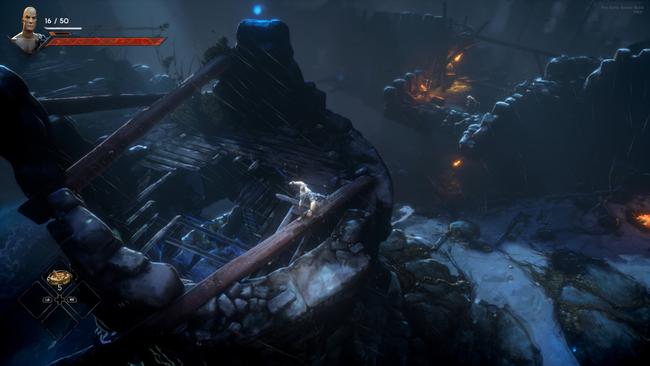
In one instance, a shiny collectible might be lying on top of a ruined tower pillar. A nearby wooden plank might lead up to one corner of debris. Some careful platforming around the pillar’s edge will lead up to it. This type of vertically inclined exploring isn’t something I think about all that much in modern isometric action RPGs, but it is a central part of No Rest for the Wicked.
As I came away from my first taste of Moon Studios’ new project, I appreciated that it still bears the look and feel of Moon Studios despite being drastically different from the Ori games, obviously. The color palette in the opening hours of No Rest for the Wicked is a dark, beautiful blue night with light sources emitting an orange aura to contrast the grim atmosphere. It is reminiscent of some of Ori’s most memorable environments and moments. When it comes to feel, every single button input is tight and responsive; there was never a moment when I felt that an action’s motion felt delayed or off - something that the Ori games nailed due to their inherent nature as platformers.
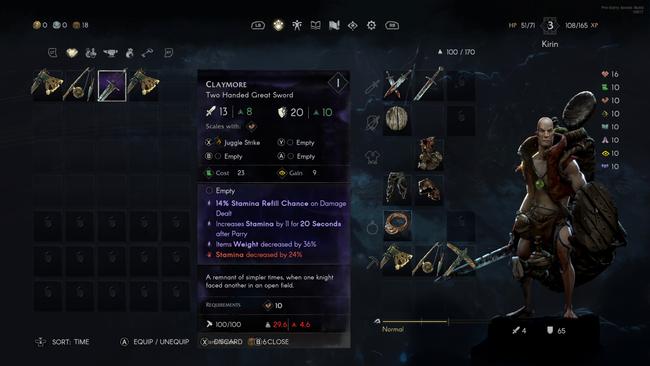
No Rest for the Wicked brings a lot of potential to the action RPG genre and I hope it lives up to its full potential. The opening hours I was able to play showcased a clear view of what Moon Studios is aiming for in this game, as it embraces a slower, more deliberate weighty approach to combat than other modern action RPGs. Those who enjoy the tempo of Souls combat should keep an eye out on this new project from Moon Studios.
Check out more screenshots from our time with the game down below in the gallery. No Rest for the Wicked is set to release on PlayStation 5, Xbox Series X|S, and PC (Steam). It is releasing on April 18 through Steam Early Access where it will get continually updated till its full release when it will also launch for consoles.


